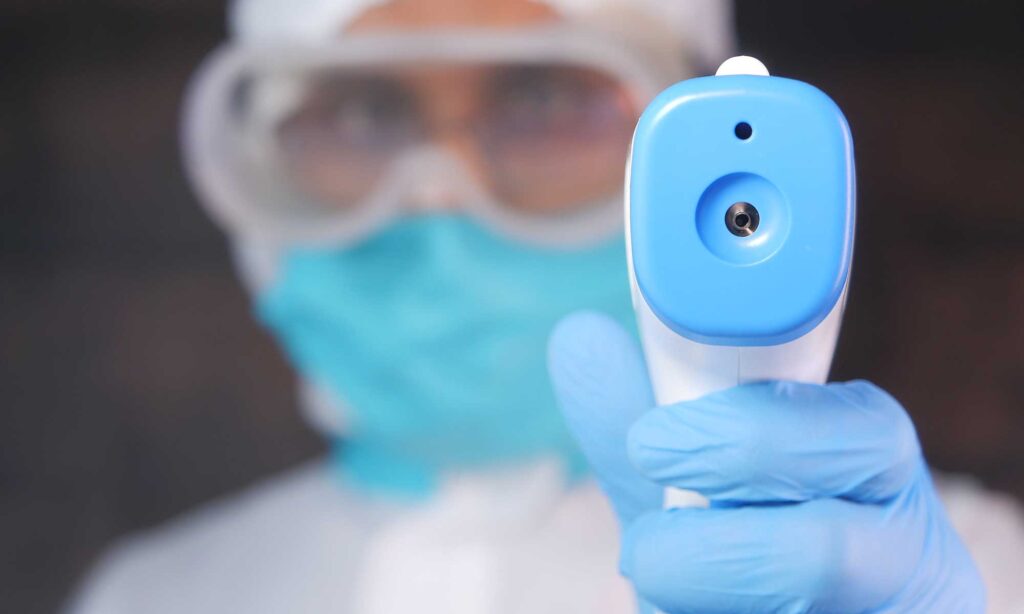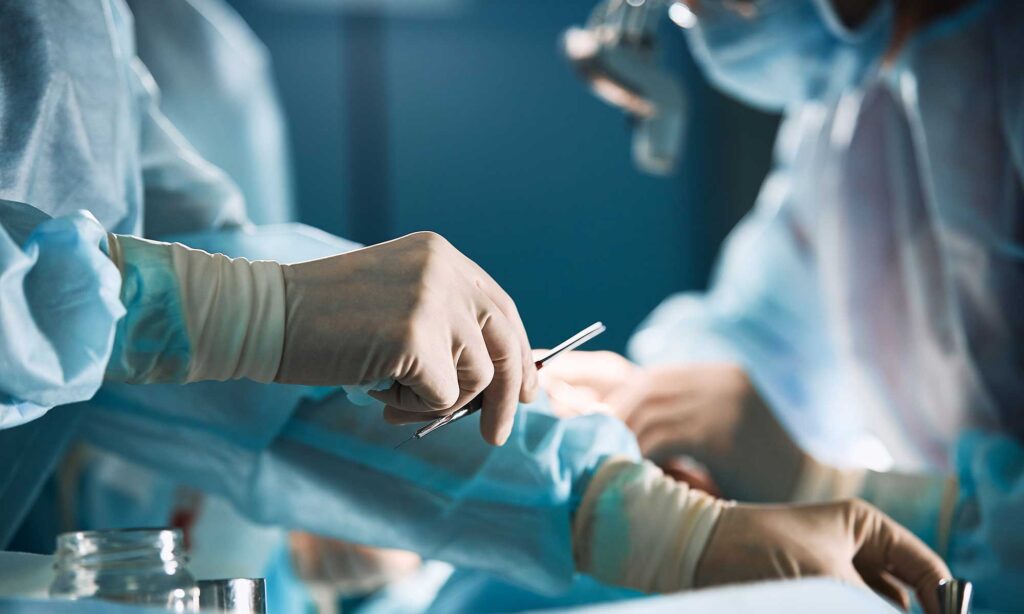
Jacqueline H. King, MD, FPAO1, Jubaida M. Aquino, MD2, Rachelle G. Anzures, MD3,
John Mark S. de Leon, MD2, Maria Victoria A. Rondaris, MD4, Maria Donna D. Santiago, MD1,
Cynthia V. Verzosa, MD5 for the PAO Committee on Standards 2020
1 Makati Medical Center, Makati City
2 East Avenue Medical Center, Quezon City
3 Ospital ng Makati, Makati City
4 University of Santo Tomas Hospital, Manila
5 Jose Reyes Memorial Medical Center, Manila
Correspondence: Jacqueline H. King, MD, FPAO
Unit 815 Medical Plaza Makati Condominium, Amorsolo St.,
corner De la Rosa St., Makati City, Philippines
e-mail: jacqueline.hernandezking@makatimed.net.ph
Disclaimer: None of the authors above has any financial interest in any of the products mentioned in this manuscript. This guidance was developed based on international and local recommendations to date with the COVID-19 pandemic and expert clinical and system-level advice. However, as the pandemic situation is evolving day to day and information may change rapidly, these recommendations should not be considered as rigid guidelines and are not intended to supplant clinical judgement or institutional policies.
An initial version of this manuscript was posted in the Philippine Academy of Ophthalmology website last June 2020.




